Complete Solutions to Solved Examples of chapter CARBOXYLIC ACIDS AND THEIR DERIVATIVES of Class 12 book with complete answers and questions
| Class 12 | CHEMISTRY |
| Chapter | CARBOXYLIC ACIDS AND THEIR DERIVATIVES |
| CENGAGE CHEMISTRY | Solved Examples |
| Number Of Questions | 17 |
| Academic Year | 2023-24 |
The number of lone pairs of electrons in the nitrogen atom in ammonia molecule is?
01:39View SolutionThere are two paths for the preparation of `2-methyl` pentanoic acid `(III)` from `pentan-2-ol (I)`. Which path is feasible and why ?
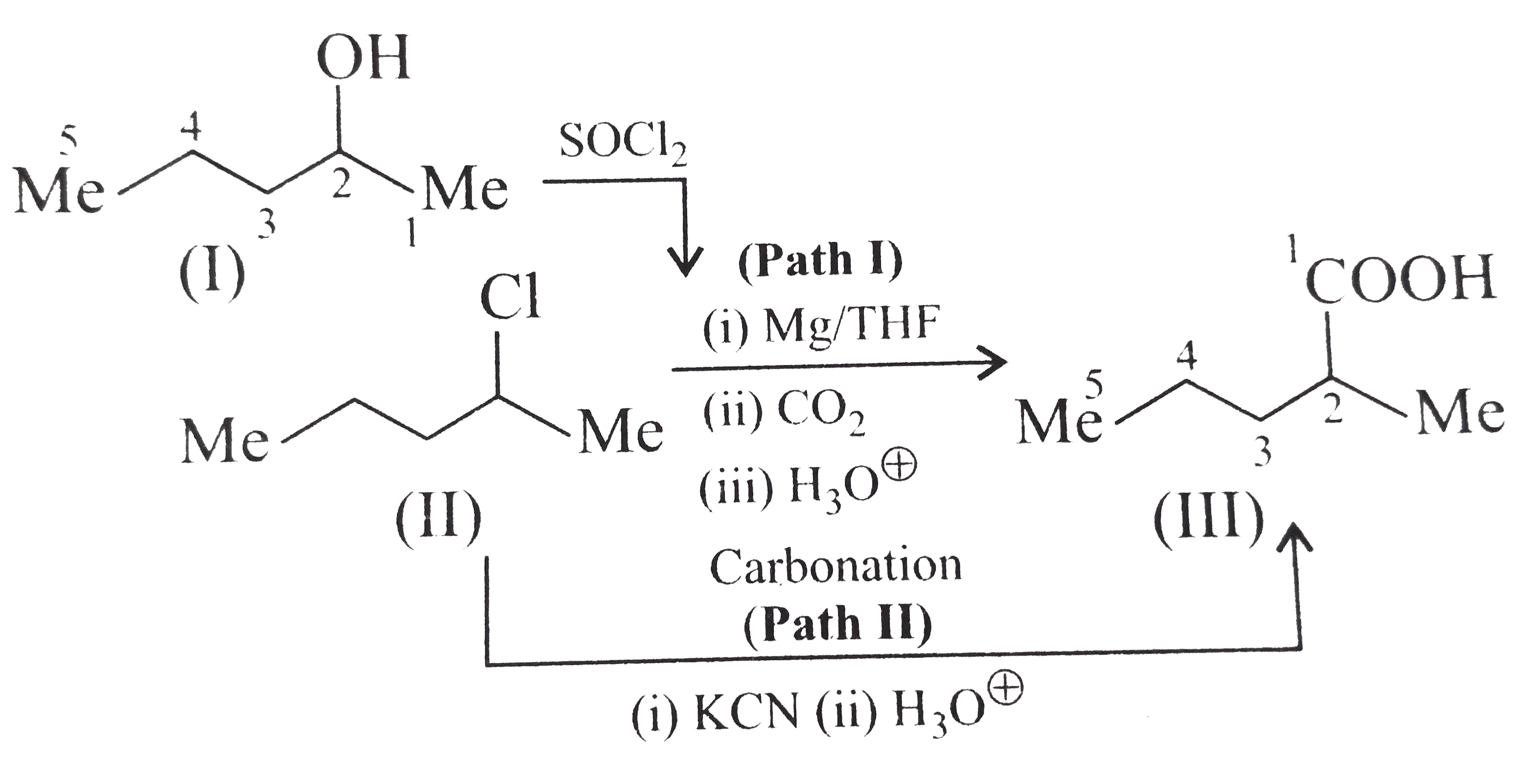 .04:09View Solution
.04:09View SolutionComplete the following reactions :
(a)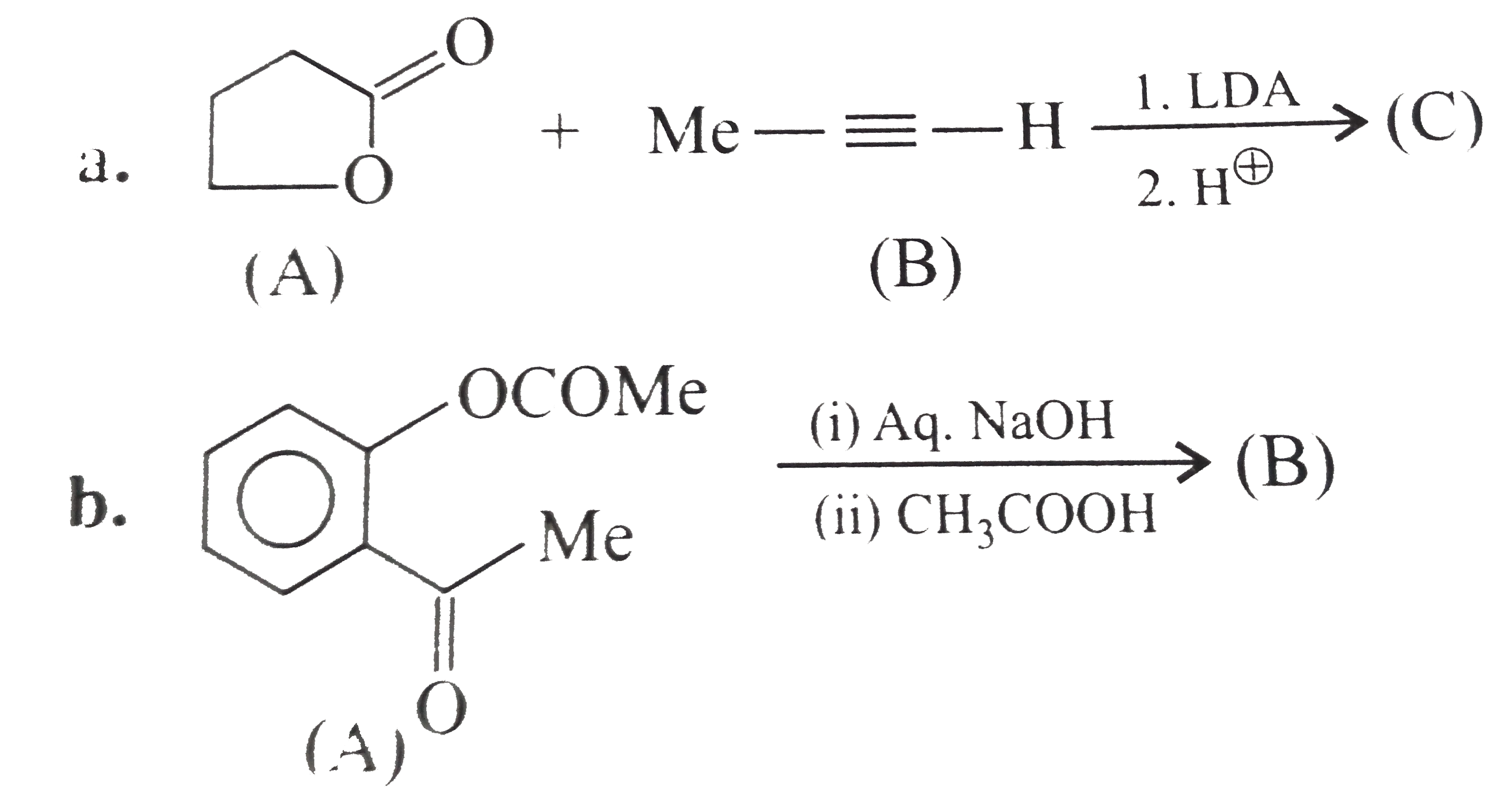 04:26View Solution
04:26View SolutionExplain the formation of the compound in the following reaction.
 .03:31View Solution
.03:31View SolutionWhat is the observation when NH4Cl reacts with KOH?
01:13View SolutionThe gas liberated when Sodium Sulphite reacts with dilute sulphuric acid is
01:14View SolutionDistinguish between the following :
`MeCOCl` (ethanoyl chloride) and `(II) MeCOOH` (ethanoic acid)01:39View SolutionComplete the following reaction :
(a) CH3CH2COCl + N3H gives (B). (B) on heating forms (C), which on hydrolysis gives (D)01:53View SolutionComplete the reaction: Ammonium hydroxide is added to the aqueous solution of FeCl3?
01:27View SolutionThe simplest ratio of the atoms of carbons and hydrogen is 1:1 identify the possible molecular formula
(a)C6H6
(b)C2H4
(c)C6H2
(d)C3H401:42View SolutionDifferentiate between the following acids :
(a)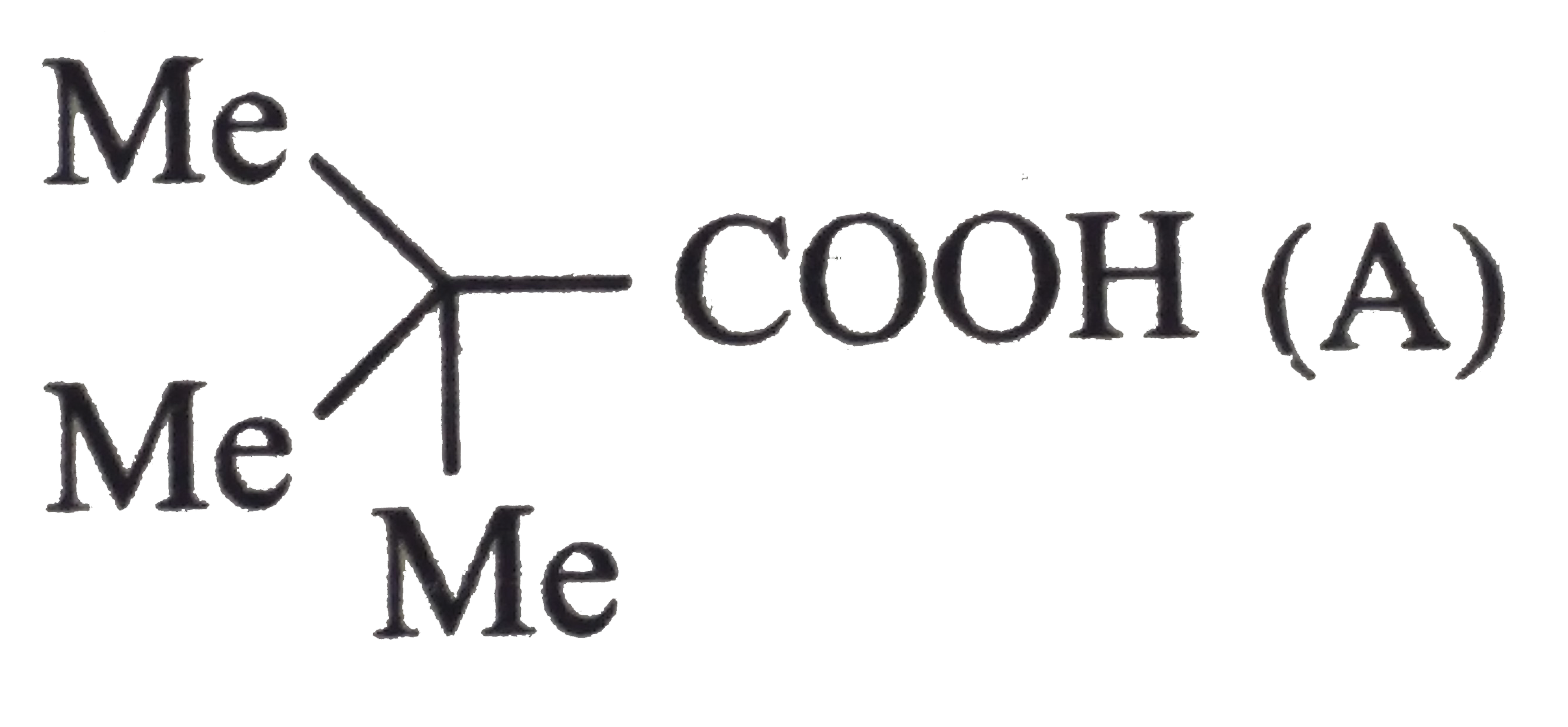
(b)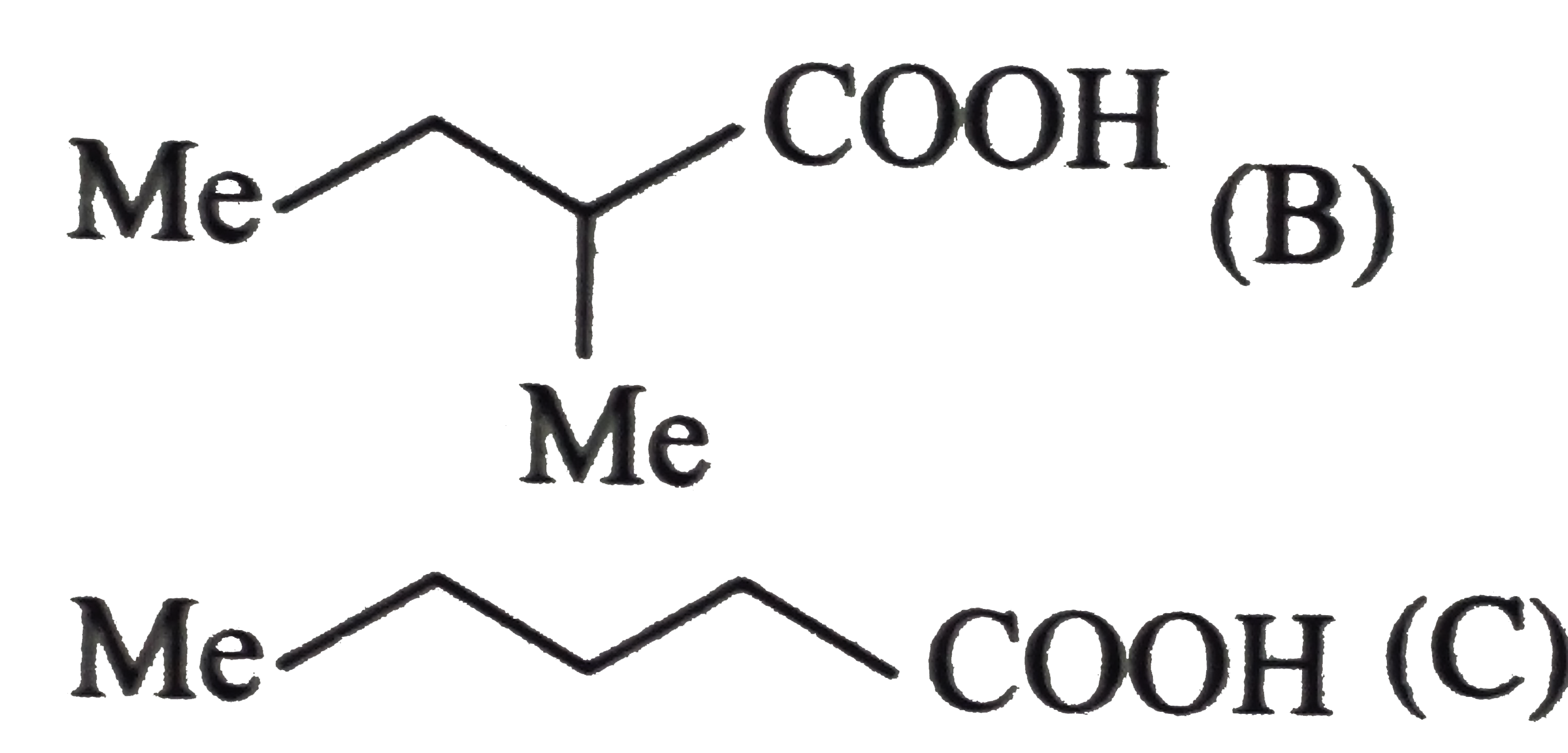 03:11View Solution
03:11View SolutionExplain the machanism of the following reaction :
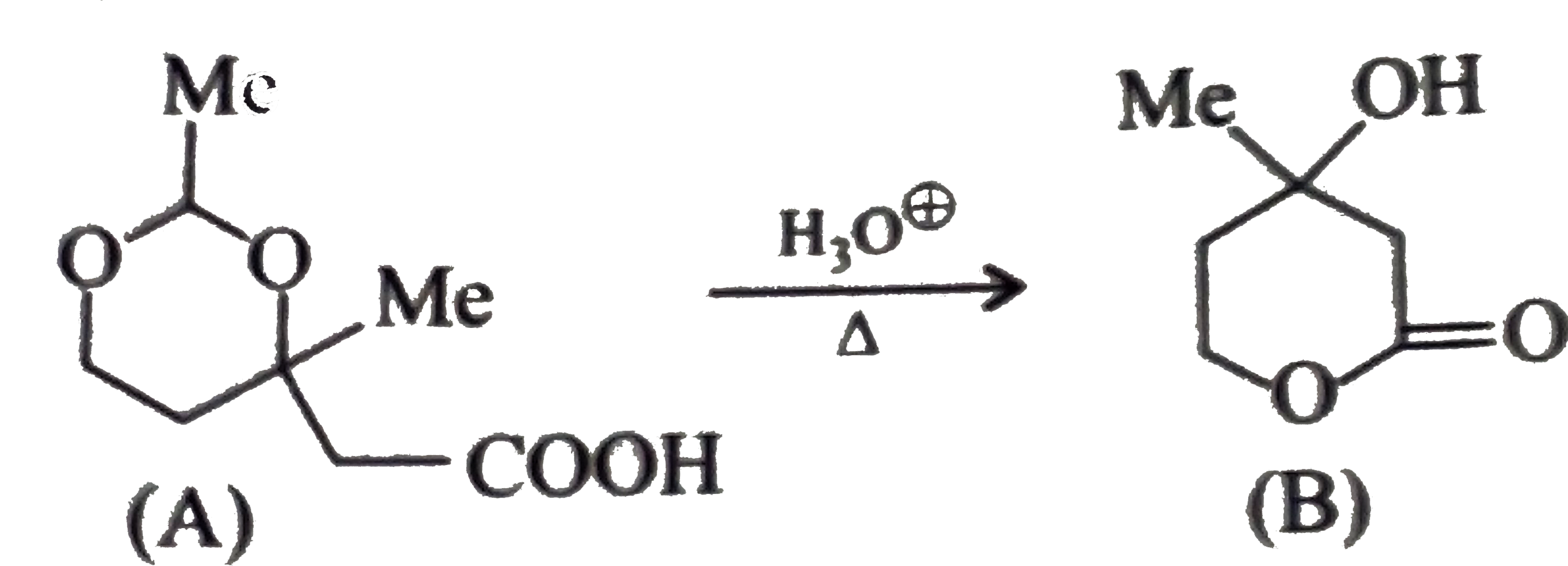 . 02:34View Solution
. 02:34View SolutionComplete the missing reactants :
(a) 02:08View Solution
02:08View SolutionGive the reaction of oxide of metal that reacts with acid and alkali to form salt and water.
01:49View SolutionOn the basis of Electronic Configuration the period and group of B(5) is?
01:22View SolutionIdentify `(A)` and `(B)`.
 . 04:19View Solution
. 04:19View SolutionExplain :
Ethyl isobutyrate does not undergo Claisen condensation in the presence of `NaOEt`.02:02View Solution
Solved Examples questions and complete solutions for chapter CARBOXYLIC ACIDS AND THEIR DERIVATIVES of CENGAGE CHEMISTRY (ENGLISH) of Class 12
All Exercises from CENGAGE CHEMISTRY Class 12 CHEMISTRY CARBOXYLIC ACIDS AND THEIR DERIVATIVES
- Exercises (Assertion-Reasoning)
- Exercises (Linked Comprehension)
- Exercises (Multiple Correct)
- Exercises (Singlecorrect)
- Exercises (Subjective)
- Exercises Archives (Analytical And Descriptive)
- Exercises Archives (Assertion-Reasoning)
- Exercises Archives (Fill In The Blanks)
- Exercises Archives (Linked Comprehension)
- Exercises Archives (Multiple Correct)
- Exercises Archives (Single Correct)
- Exercises Archives (True/False)
- Illustration
- Solved Examples
